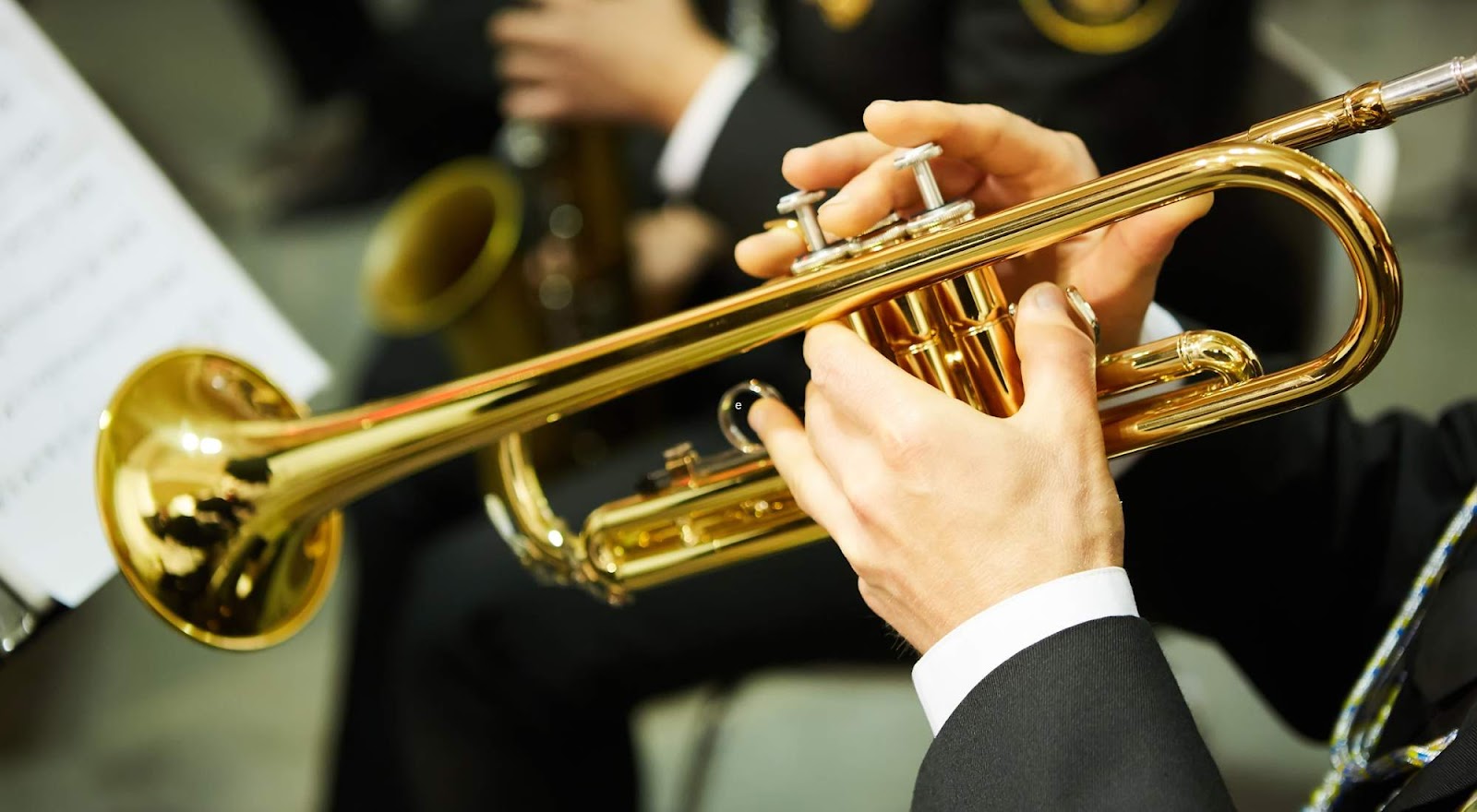Wind instruments are a diverse group of instruments that produce sound through the vibration of a column of air. They are classified into three main categories: woodwinds, brasswinds, and reedwinds.
Woodwind Instruments
- Flute: A transverse flute made of wood or metal, played by blowing air across a mouthpiece.
- Oboe: A double-reed instrument with a conical bore, known for its expressive and lyrical sound.
- Clarinet: A single-reed instrument with a cylindrical bore, capable of playing a wide range of musical styles.
- Bassoon: A double-reed instrument with a long, wooden body, often used to provide the bassline in orchestral music.
- Saxophone: A single-reed instrument with a curved metal body, available in various sizes and known for its versatility.
Brasswind Instruments
- Trumpet: A brass instrument with a cylindrical tube and a circular mouthpiece, known for its bright and versatile sound.
- Trombone: A brass instrument with a cylindrical tube and a sliding mechanism that allows the player to change the pitch.
- French horn: A brass instrument with a circular tube that is coiled into a circular shape, known for its warm and mellow sound.
- Tuba: The largest brass instrument, with a deep and powerful sound.
- Baritone: A brass instrument that is similar in size and shape to the tuba, but with a higher range.
Reedwind Instruments
- Clarinet: A single-reed instrument with a cylindrical bore, capable of playing a wide range of musical styles.
- Bassoon: A double-reed instrument with a long, wooden body, often used to provide the bassline in orchestral music.
- Oboe: A double-reed instrument with a conical bore, known for its expressive and lyrical sound.
- English horn: A woodwind instrument similar to the oboe, but with a lower range and a slightly different shape.
The Role of Wind Instruments in Music
Wind instruments play a vital role in a variety of musical genres, including classical, jazz, rock, and pop. They are known for their versatility, expressiveness, and ability to create a wide range of sounds.
- Melody: Wind instruments can play a variety of melodic lines, from lyrical and expressive to bold and assertive.
- Harmony: Wind instruments can be used to create complex harmonies and chord progressions.
- Texture: Wind instruments can add texture and color to music, creating a variety of sounds and effects.
- Rhythm: Wind instruments can provide a strong and driving rhythm, providing the foundation for the music.
Famous Wind Players
- Miles Davis: A legendary jazz trumpeter known for his innovative approach to harmony and improvisation.
- John Coltrane: A jazz saxophonist known for his experimental and avant-garde style.
- James Galway: A world-renowned flautist known for his virtuosity and lyrical playing.
- Yo-Yo Ma: A cellist who has played a wide range of musical styles, from classical to jazz and world music.
The Future of Wind Instruments Wind instruments continue to evolve, with new techniques and styles emerging all the time. As technology advances, we can expect to see even more innovative and exciting developments in the world of wind instruments.
Would you like to know more about a specific wind instrument or a famous wind player?



